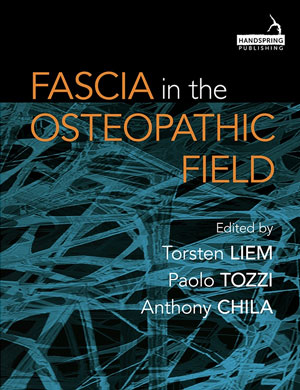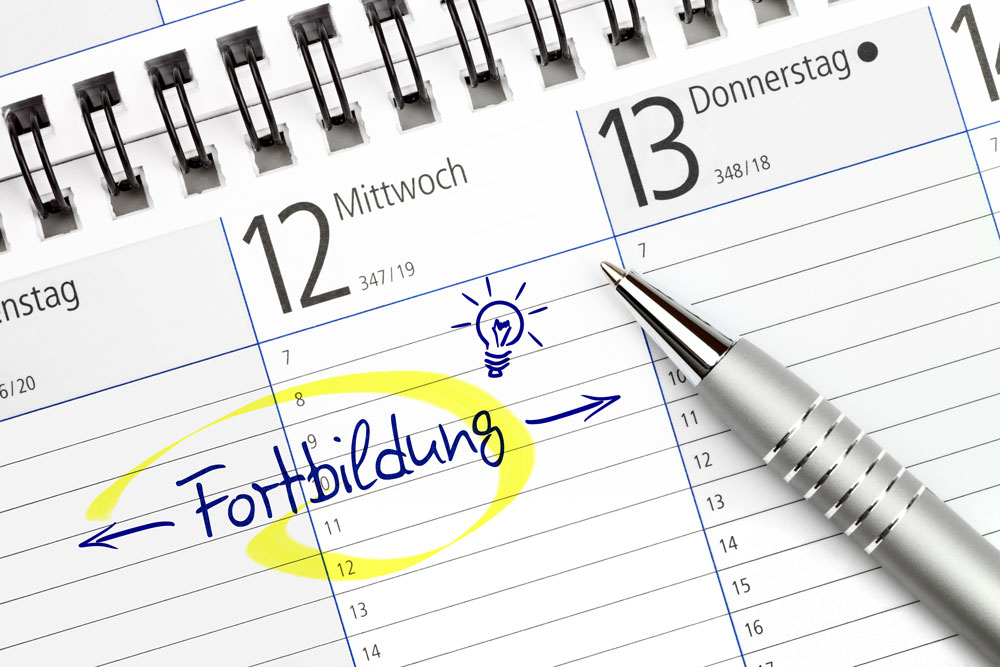Fascia in the Osteopathic Field
Fascial concepts and more.
- ISBN: 9781909141278
- 2017, 598 pages
85,00 €
incl. VAT
plus shipping costs
Depending on the delivery address VAT may vary at checkout.
Delivery time: ca. 5 - 10 Tage/days
Description
The book Fascia in the Osteopathic Field edited by Torsten Liem, Paolo Tozzi and Anthony Chila aims:
To enable osteopaths and other manual practitioners/bodyworkers to understand the importance of fascia and its relevance to their work.
By providing a comprehensive textbook covering history, nature and properties [function] of fascia.
And covering all aspects of osteopathic management of disorders that relate to/are mediated by the fascia.
Using contributions from leading authorities bearing in mind so far as possible the needs and interests of osteopaths.
content:
FASCIAL CONCEPTS
Introduction by Torsten Liem
Chapter 1 Objective: palpatory literacy by Anthony G. Chila
Chapter 2 Fascial concepts in osteopathic history by Jane E. Stark
Chapter 3 Nomenclature of fascia by Werner Klingler, Julia Bierbaum, Robert Schleip
Chapter 4 The embryology of fascia: providing the capacity for movement and integrity by Darrell J. R. Evans
Chapter 5 Histology of fascia by Frans van den Berg
2 PHYSIOLOGY AND FUNCTIONS OF FASCIA
Introduction by Torsten Liem
Chapter 6 Physiology of fascia by Frans van den Berg
Chapter 7 Fascia as a sensory organ by Robert Schleip
Chapter 8 The role of fascia in immunity and inflammation by Lisa M. Hodge
Chapter 9 Pathophysiology of fascia by Frans van den Berg
Chapter 10 The fascia as the organ of innerness: a holistic approach based upon a phenomenological embryology and morphology by Jaap C. van der Wal
Chapter 11 Fascial mechanics: the physics of anatomy and function by Serge Gracovetsky
Chapter 12 Tensegrity in the context of the myofascial network: its relevance to osteopathic practice by David J. Hohenschurz-Schmidt
Chapter 13 The myofascial system and force transmission in the fascia by Peter A. Huijing
Chapter 14 The ligamentous-myofascial system by Michael J. Decker, Bradley S. Davidson
3 CLINICAL ASPECTS OF FASCIA
Introduction by Paolo Tozzi
Chapter 15 General anatomy of fascia by Jean-Claude Guimberteau
Chapter 16 The superficial fascia by Antonio Stecco, Carla Stecco, Luigi Stecco
Chapter 17 Fascial anatomy of the trunk by Peter J. Brechtenbreiter
Chapter 18 Fascial anatomy of the limbs by Andrezj Pilat
Chapter 19 Fascial anatomy of the viscera by Andrea Pasini, Antonio Stecco, Carla Stecco
Chapter 20 The diaphragm by Michel Puylaert
Chapter 21 Anatomy of the dura mater by Torsten Liem
Chapter 22 The fascia of the peripheral nervous system by Michael Hamm
4 ANATOMY AND STRUCTURE OF FASCIA
Introduction by Anthony Chila, Paolo Tozzi
4.1 Therapeutic considerations
Chapter 23 The abilities of fascia by Rüdiger C. Goldenstein, Patrick Van Den Heede
Chapter 24 Fascia and posture: from the biomechanical model to the neuromyofascial postural model by Paolo Zavarella, Maurizio Zanardi, Christian Lunghi
Chapter 25 Fascia as a sensory organ: clinical applications by Robert Schleip
Chapter 26 Touch related to fascia by Maurice César
Chapter 27 Myofascial trigger points, sensitization, and chronic pain: evaluation and treatment by Jay P. Shah, Nikki Thakker
Chapter 28 Nociception and pain of fascia by Wilfrid Jänig, Winfried L. Neuhuber
Chapter 29 Mechanisms of fascial dysfunction and treatment by Paolo Tozzi
Chapter 30 Ultrasound imaging of fascia and its clinical implications by David Bongiorno
Chapter 31 Myofascial meridians in practice by Thomas W. Myers
Chapter 32 The contractile field and fascia by Phillip Beach
Chapter 33 The innervation of fascial tissues: focus on thin-caliber afferents and sympathetic efferents by Winfried L. Neuhuber, Wilfrid Jänig
4.2 Manual techniques
Chapter 34 Myofascial release by Carol J. Manheim
Chapter 35 The fascial distortion model originated by Stephen P. Typaldos, George Harrer
Chapter 36 Practical application of the Still technique by Christian Fossum
Chapter 37 Soft tissue work by Laurie S. Hartmann
Chapter 38 Vibratory technique on fascial tissue by Fabio Schröter
Chapter 39 The bioenergetic model of fascia as related to trauma by Judith A. OConnell
Chapter 40 Fascial unwinding technique by Paolo Tozzi
Chapter 41 Myofascial induction therapy (MIT) by Andrzej Pilat
Chapter 42 Strain and counterstrain in relation to fascia by John C. Glover, William H. Devine
Chapter 43 Long leverage: a new therapeutical approach to fascia by Toscano-Jimenez, Cristina Gioja
Chapter 44 Balanced ligamentous tension technique (BLT) by Paolo Tozzi, Cristian Ciranna-Raab
Chapter 45 Fascial manipulation® and the biomechanical model of the human fascial system by Julie A. Day, Carla Stecco, Antonio Stecco
Chapter 46 Clinical integration of fascial approaches by Christian Fossum
Chapter 47 Lympho-fascia release and viscerolymphatic approach to fascia by Bruno Chikly
Chapter 48 Fascial treatment of the vascular system by Ralf Vogt
Chapter 49 Skin the key element in palpation of fascia: from an osteosophical conceptualization to research by Jean-Marie A. T. Beuckels
Chapter 50 Jarricots dermalgia applied to fascia by Michel Puylaert
Chapter 51 Understanding and approach to treatment of scars and adhesions by Susan L. Chapelle
Chapter 52 Fascial taping by Kenzo Kase
Chapter 53 Osteopathic treatment of the dura by Torsten Liem
Chapter 54 The plexuses by Serge Paoletti
Chapter 55 Techniques for body cavities by Liem, Rüdiger C. Goldenstein, Patrick Van Den Heede.
About 230 line illustrations and photographs.
Author



